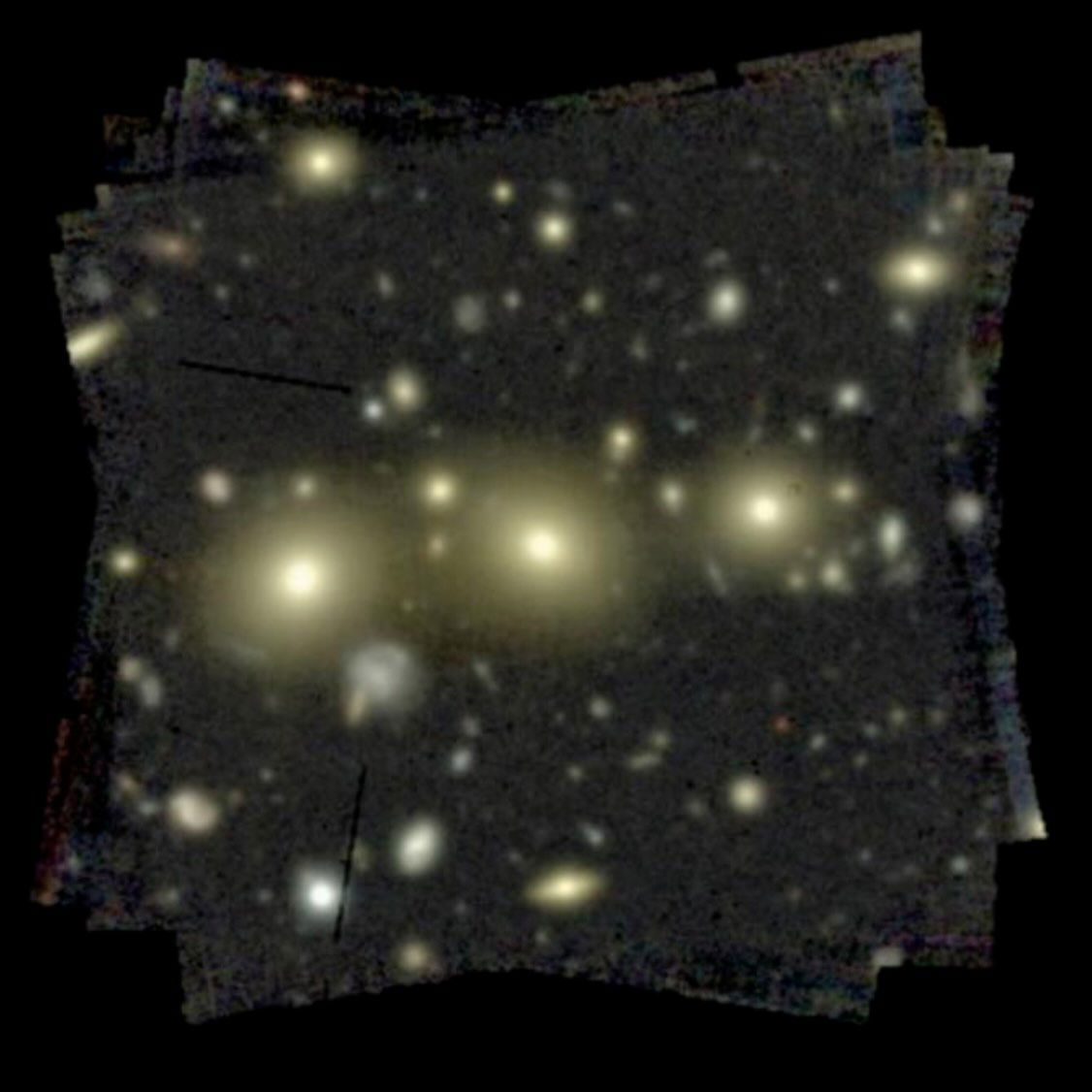Overturning decades of confusion about a potential “conspiracy” between dark matter and stellar matter, researchers are now rethinking the fundamental assumptions underlying space data.
Scientists have long been puzzled by the surprisingly similar matter density observed across many galaxies despite only minor variations. Now, new research suggests that oversimplified models and possible measurement errors could be the root cause.
The Dark Matter Conspiracy in Question
The “bulge-halo conspiracy” refers to the perplexing observation that the matter density in a galaxy’s center, or “bulge,” and its outer edge, or “halo,” appears to decrease at a similar rate.
“This homogeneity suggested that dark matter and stars must somehow compensate for each other to produce such regular mass structures,’ noted Dr. Caro Derkenne, the lead author of a new study addressing the observations.
However, the exact nature of this relationship has remained elusive. Previous theories speculated that the poorly understood interaction between dark matter and baryonic matter might explain this phenomenon.
New Models of Galactic Density
Dr. Derkenne, an early-career researcher leading an international team based in Australia, the UK, Austria, and Germany, spearheaded the study. Supported by the ARC Centre of Excellence for All Sky Astrophysics in 3 Dimensions (ASTRO 3D), the team utilized data from the Middle Ages Galaxy Properties with Integral field spectroscopy (MAGPI) Survey, collected using the European Southern Observatory’s Very Large Telescope in Chile.


The team employed this data to generate Schwarzschild orbit-based models, which provide high-resolution insights extending up to three and a half light years in radius. These models offered detailed information on kinematics, three-dimensional shapes, orbital structures, and dark matter fractions, allowing the team to investigate the internal mass distribution of galaxies as a means to test the bulge-halo conspiracy. Of the 30 models developed, the study focused on 22.
“In the past, people built simple models that relied on too many simplifications and assumptions.” Dr. Derkenne said, highlighting the limitations of previous models. “Galaxies are complex, and we need to model them with flexibility, or we’ll end up with inaccurate measurements. Our models ran on the OzStar supercomputer at Swinburne University, utilizing the equivalent of about 8,000 hours of desktop computing time.”
Cracks in the Conspiracy Theory
According to Derkenne’s observations, for the earlier models to support the dark matter “conspiracy,” two conditions would need to hold true. First, the scatter in the total mass density slope should be smaller than or equal to the scatter in the stellar mass density slope. Second, dark matter content should correlate with the stellar density structure.
However, the total mass density was higher than the stellar mass density, and the half-light dark matter did not correlate with the stellar density slope. This contradicts earlier studies that suggested such a correlation. The authors propose that their findings are more reliable due to their use of stellar mass profiles rather than stellar light structures measured through an aperture. Further comparisons between Schwarzschild and Jeans’ modeling methods revealed that assuming a power law density artificially reduced scatter, which may have falsely supported the bulge-halo conspiracy theory. This suggests the theory could be based on flawed data.
Broader Applications for Earth
Derkenne believes their research has implications beyond cosmic questions, potentially informing how we handle Earth-bound data challenges. “Astronomy equips you well to understand big data,” she explained. “The real world is messy, and we don’t always have all the data. No one tells you if you’re right or wrong. You have to accumulate data and analyze it until you find something that works.”
ASTRO 3D Director Professor Emma Ryan-Weber emphasized the importance of global scientific collaborations, which help develop new talent to tackle future problems. “The MAGPI project is a great example of how ASTRO 3D’s training workshops and collaborative space have leveraged Australia’s strategic partnership with the European Southern Observatory,” she said. “The complex data from the ESO Very Large Telescope has not only addressed a long-standing problem in astronomy but also provided a platform for young scientists like Dr. Caro Derkenne to launch their careers and solve real-world problems.”
The study “The MAGPI Survey: Evidence Against the Bulge-Halo Conspiracy” appeared in Monthly Notices of the Royal Astronomical Society on August 10, 2024.
Ryan Whalen covers science and technology for The Debrief. He holds a BA in History and a Master of Library and Information Science with a certificate in Data Science. He can be contacted at ryan@thedebrief.org, and follow him on Twitter @mdntwvlf.

